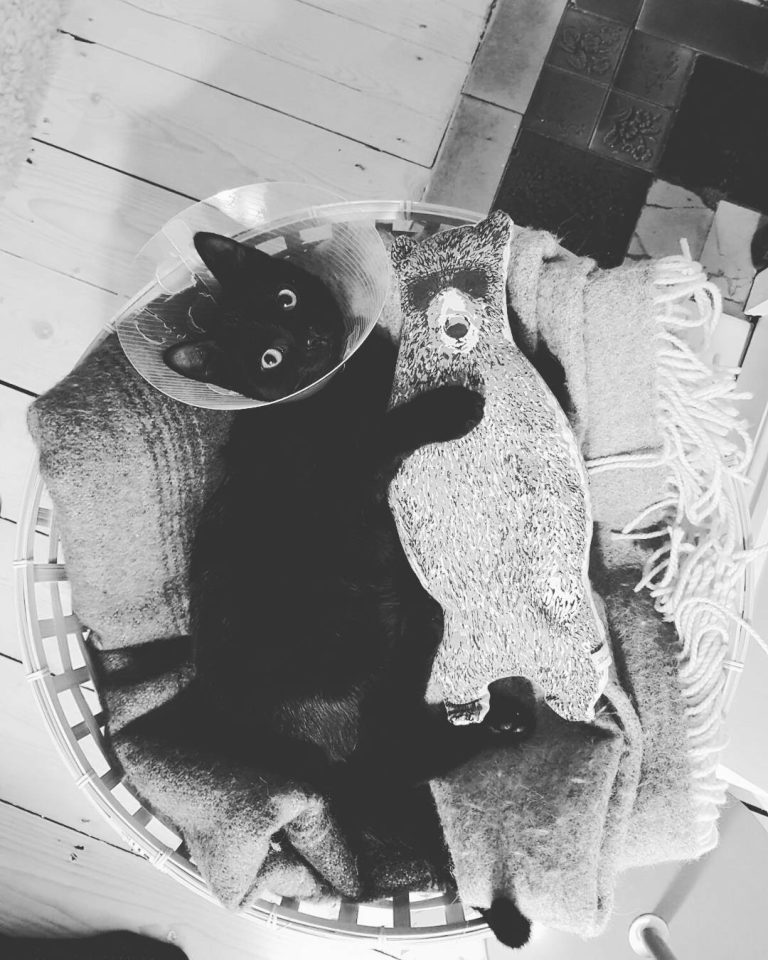How to Train Your New Puppy in Simple Steps
Training a new puppy is an exciting yet challenging process that helps establish a loving and well-behaved companion. With patience, consistency, and positive reinforcement, you can teach your puppy the basics and set them up for a happy life. Here’s a step-by-step guide to training your new furry friend.
1. Start with the Basics
Begin your puppy’s training with foundational commands that are essential for their safety and good behavior:
- Sit: Hold a treat close to your puppy’s nose, then move it upward, causing their bottom to lower. Say “sit” as they do so, and reward them immediately.
- Stay: Teach your puppy to stay in place by using a hand signal and saying “stay.” Gradually increase the distance and duration before rewarding.
- Come: Use a happy tone to call your puppy by name, followed by “come.” Reward them generously when they obey.
2. Use Positive Reinforcement
Puppies learn best through encouragement and rewards:
- Treats: Use small, tasty treats to reward desired behaviors.
- Praise: Verbal affirmations like “good job” help reinforce positive actions.
- Playtime: Incorporate their favorite toys or games as rewards.
Avoid punishment, as it can lead to fear or anxiety. Focus on rewarding good behavior instead.
3. Establish a Routine
Consistency is key to successful training:
- Feeding schedule: Set specific meal times to help regulate bathroom habits.
- Potty breaks: Take your puppy outside frequently, especially after meals, playtime, and naps.
- Bedtime: Create a designated sleep area and stick to a bedtime routine.
A consistent routine helps your puppy understand what to expect and reduces confusion.
4. Socialize Your Puppy
Expose your puppy to new people, animals, and environments to build their confidence:
- Meet different people: Introduce your puppy to a variety of individuals to reduce fearfulness around strangers.
- Visit different places: Take your puppy on walks, to parks, or to pet-friendly stores.
- Safe interactions: Arrange controlled playdates with vaccinated and friendly dogs.
Socialization during the early months (8–16 weeks) is crucial for developing a well-rounded dog.
5. Address Potty Training
Potty training requires patience and vigilance:
- Designate a spot: Take your puppy to the same outdoor location each time they need to go.
- Watch for signs: Look for sniffing, circling, or whining, which indicate they need to relieve themselves.
- Reward immediately: Praise and reward your puppy right after they go potty in the correct spot.
Accidents will happen—clean them thoroughly and avoid scolding to prevent fear.
6. Prevent Chewing and Nipping
Puppies explore the world with their mouths, but you can redirect their chewing and nipping habits:
- Provide chew toys: Give your puppy safe and engaging toys to satisfy their teething needs.
- Redirect biting: If your puppy nips during play, say “ouch” in a firm tone and provide a toy instead.
- Supervise: Keep an eye on your puppy to prevent them from chewing on furniture or other household items.
7. Teach Leash Manners
Leash training ensures enjoyable and safe walks:
- Start indoors: Attach the leash to your puppy and let them get used to it.
- Reward loose leash walking: Reward your puppy when they walk beside you without pulling.
- Be patient: If your puppy pulls, stop walking and wait for them to calm down before proceeding.
8. Practice Short and Fun Training Sessions
Keep training sessions brief (5–10 minutes) to maintain your puppy’s attention and enthusiasm. End each session on a positive note with a success and a reward.
9. Be Patient and Consistent
Puppies are still learning and may take time to grasp new commands or routines. Stay patient, repeat lessons consistently, and celebrate small victories.
10. Seek Professional Help if Needed
If you encounter challenges, consider enrolling your puppy in obedience classes or consulting a professional dog trainer. They can provide guidance tailored to your puppy’s needs.
Conclusion
Training your new puppy is a rewarding journey that strengthens your bond and creates a harmonious living environment. With these simple steps, patience, and lots of love, you’ll be well on your way to raising a happy, well-behaved dog.










